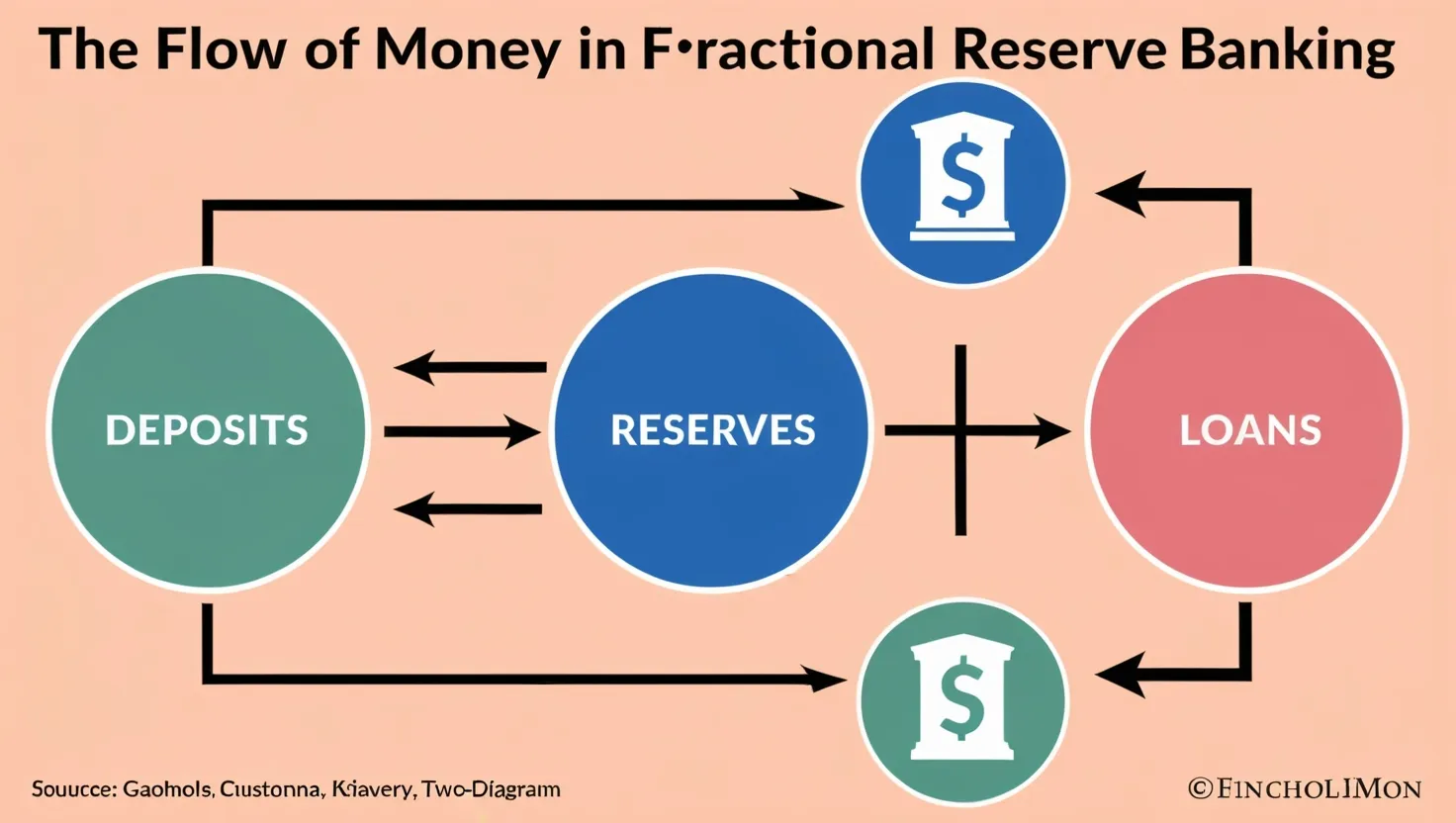Diversification is one of those super simple yet incredibly powerful strategies for investing. The whole idea is about reducing risk and maybe even boosting returns by spreading your money across different kinds of assets, industries, and places. It’s like not putting all your eggs in one basket. If one thing doesn’t do well, the other investments might balance it out.
Picture this: You’ve got a portfolio that’s just one stock. If that stock tanks, your whole portfolio suffers. But let’s say you mix it up with some stocks, bonds, and maybe a bit of real estate. Now, if one thing dips, the others might hold steady or even go up. This is because different investments generally don’t move in the same direction at the same time. For instance, when stock prices go up, bond yields might go down, and vice versa.
And it’s not just about different types of investments. It’s about spreading them across various sectors and industries too. Imagine all your money is in tech stocks, and then the tech industry hits a rough patch. Ouch. But if you also have some money in retail, healthcare, and finance, the tech slump won’t sting as badly.
The real beauty of diversification is how it can smooth out the market’s wild roller-coaster ride. One investment might be having a bad day, but another could be doing great, balancing things out. This can make the whole investing experience a lot less stressful and more predictable.
Now, this isn’t a magic bullet that works the same for everyone. Your diversification strategy should reflect your risk tolerance and investment goals. If you’re young and have time on your side, loading up on stocks might make sense because they offer higher growth potential, even though they’re more volatile. But if you’re closer to retirement, you might lean toward a more conservative mix with more bonds, which are less volatile but also offer lower returns.
Mutual funds and exchange-traded funds (ETFs) are pretty popular tools for diversification. These funds gather money from loads of investors to invest in a variety of assets, giving you instant diversification with just one investment. Perfect for folks who don’t have the time or expertise to juggle a diversified portfolio on their own.
Sure, diversification can’t kill all risks. There are some market-wide downturns you just can’t dodge. But it definitely helps manage the risks specific to individual companies or industries.
In a nutshell, diversification is a cornerstone for managing risk and potentially boosting returns. By spreading your investments across different asset classes, sectors, and places, you can build a more resilient portfolio that can ride out market ups and downs. Whether you’re a seasoned investor or just starting out, diversifying is a wise step to protect your investments and hit those financial goals.






